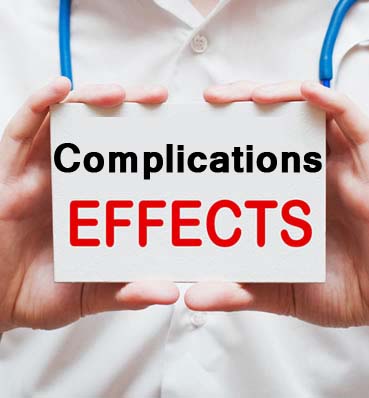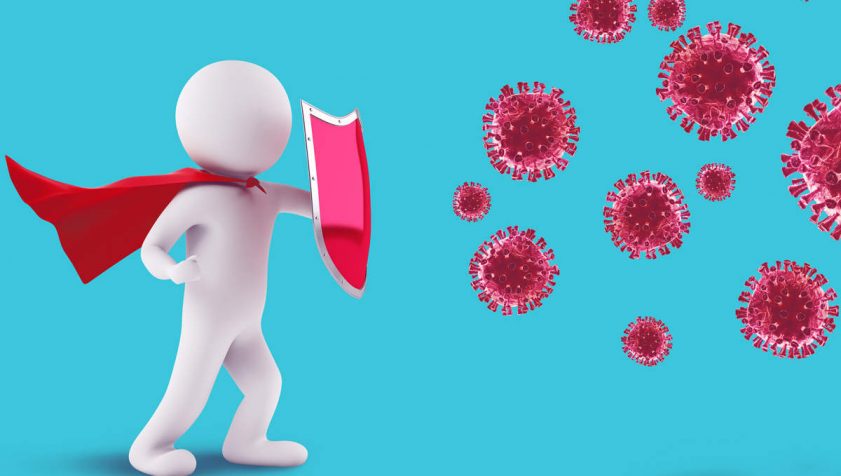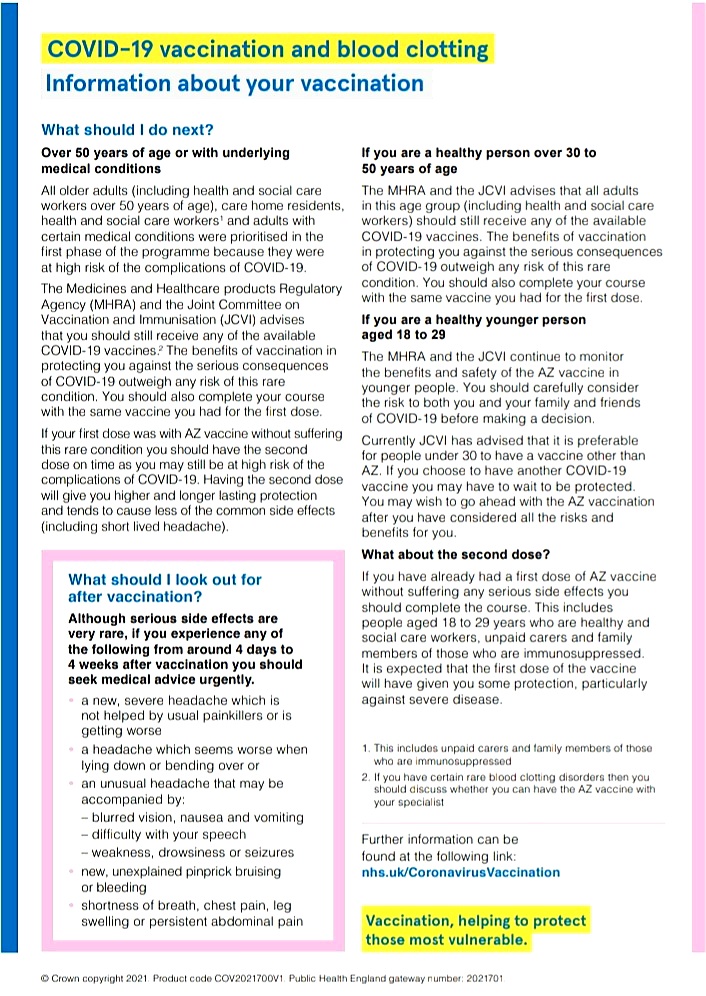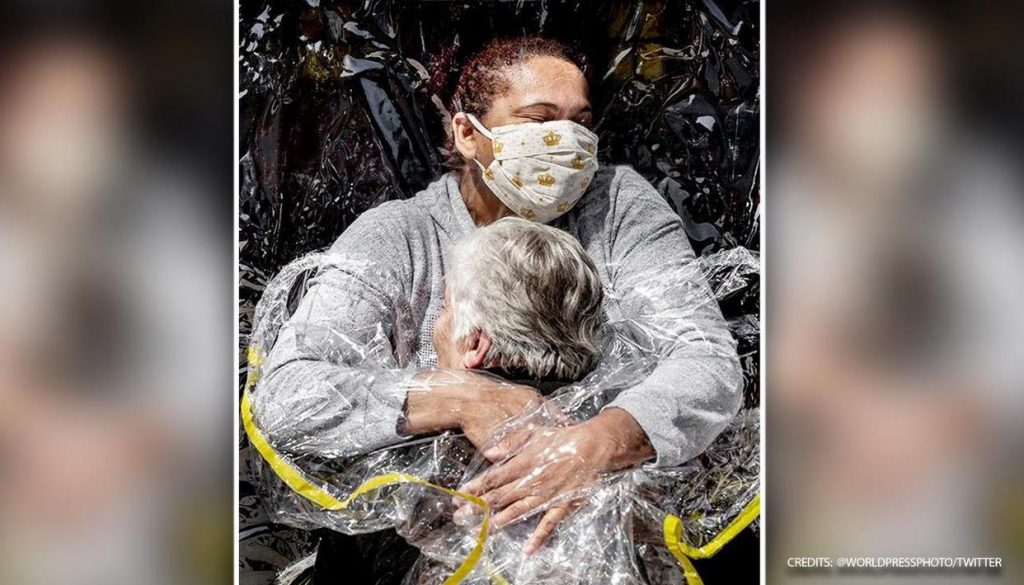Pardon my slightly poetic and Shakespearean inspiration in the title but I am pretty much sure if Hamlet were to be real and alive today, he would have uttered pretty much the same words. A lot has been written, said, heard, and experienced about the Covid-19 pandemic which hit us nearly a year ago and is now hitting us harder the second time around in April 2021. It is a deja-vu of sorts, in fact, scarier, with the same mistakes being repeated by many of us. At the risk of sounding alarmist and pessimistic, I will say that unless we learn and improve, Covid will not stop teaching us the lesson, making sure we suffer more such waves in the future. I am a General and Laparoscopic Surgeon with a special interest in Laser treatments of Varicose Veins and wouldn’t call myself an expert on this topic. Despite that, I still thought of sharing my perspective which is shaped by my medical and surgical training, and an experience of nearly 18 years in clinical practice. To some extent, it has also been compelled by the frantic, harrowing queries from my patients and friends amidst the raging second wave that we are presently suffering. I will discuss a few of the common questions and practical situations which many of us are facing.
(1)”I had a mild fever/common cold-like symptoms for only 2 days, took Paracetamol tablet and now I feel better except for some weakness. I don’t think there is any reason to worry.”
Honestly, there is every bit of reason to worry. During these pandemic times, any fever should be considered as Covid unless proven otherwise. By now, we know that majority of those who get Covid infection will get a mild disease and recover. But these ‘mild cases’ can spread the virus in the first 8 to 10 days. So, it is necessary to get tested for Covid and isolate oneself for minimum of 10 days from the day symptoms start (please, please keep a track of the first day when the symptoms start). Remember that your ‘mild’ disease can spread the infection to an elderly person in your family or a friend with diabetes/ hypertension/ heart disease and be the reason for their ‘severe’ disease and in unfortunate circumstances, even their death.
Also, one has to remember that Covid causes the ‘cytokine storm’ in the second week of its infection. The virus multiplies in the human body in the first week and it is in the second week that it causes the person’s immune system to go haywire (one can compare it to an ‘electrical short circuit’ of sorts), which leads to blood clotting in various organs. Depending on the organ where this blood clotting occurs, patients then present with serious problems such as – breathlessness and low oxygen levels (clotting in lungs), chest pain (clotting in the blood vessels of the heart leading to a heart attack), severe abdominal pain (pancreas getting affected), sudden swelling of the leg (blood clotting in leg veins) – to name a few. Hence, it is important to get tested and start treatment in the first week of symptoms.
Some of the symptoms which can indicate the disease taking a turn for the worse are :
– Fever which is not subsiding
– Continual dry cough
– Feeling breathless and oxygen saturation on pulse oximeter below 94% at rest
– Severe weakness (these patients are unable to walk even a few steps)
This may sound basic and repetitive but it is important to remember that in the first week Covid can cause any one or more of the following symptoms :
– Fever (it may be mild, lasting for only a day or two)
– Nasal blockage or Runny nose
– Throat pain
– Loss of appetite
– Bodyache
– Severe weakness
– Abdominal pain/Vomiting/Diarrhoea
– Redness of eyes (conjunctivitis)
– Loss of smell, taste (these patients generally end up getting a ‘mild’ disease)
(2)”My Covid test is negative. I need not worry.”
In my practice, I come across many patients who tend to consider blood and other medical investigation reports as infallible. For some, everything mentioned in the report is the only truth. Then again, it would be wrong to expect the patients or relatives to know the pitfalls of investigations. The point I am trying to make is that – all medical investigation reports need to be correlated with the patient’s clinical condition.
In case of Covid-19, a negative Rapid Antigen Test which is done at many Government centres (since it is cheap and gives report in a short time), does not rule out infection. It has to be confirmed with a RT-PCR test which is the gold standard. Then again, there are cases when even the RT-PCR test is negative and the patient may still have Covid infection – the reasons may vary from poor swab collection, testing done too early (on Day 1 or 2 of symptoms) or a mutant strain of coronavirus (it is being said that RT-PCR test may fail to pick up the new variants; however, this is a mere speculation presently and not yet confirmed). If such a patient with negative RT-PCR report has clinical symptoms, it is better to repeat the test or get a CT scan of the Chest done. The doctor treating you is the best judge for this.
(3)”I will do a CT scan of Chest instead of RT-PCR to diagnose if I have Covid infection.”
Over the last year and even now, I have come across many patients who prefer to get a CT scan of Chest done to diagnose their suspected Covid infection. Avoiding social stigma and government institutional quarantine are some of the common reasons. Amidst the spiralling second wave, the non-availability of RT-PCR testing facility due to excessive load on the laboratories is another reason. But then, just like with the RT-PCR test, a patient may have a normal CT scan report and yet be Covid positive. Hence, it is ideal to get an RT-PCR test done first and a CT scan of the Chest only if deemed necessary by your treating doctor. It is important to remember that in some cases, the CT scan may reveal Covid changes only in the second week with rapid progression in a few.
(4)”My Ct value in the RT-PCR test is low. I need to get hospitalized.”
The cycle threshold (Ct) value in the RT-PCR test is merely indicative of disease infectivity or viral load in the patient. Lower the Ct value, the higher the viral load in the patient, and the higher the chance of spreading the infection to others. However, many patients correlate Ct value on RT-PCR test with disease severity. They panic if this value is low and seek unnecessary hospitalization.
It would be worthwhile remembering that alongside Ct value of RT-PCR test and CT scan of Chest, clinical evaluation by your doctor and in some cases, assessment of blood investigations such as CBC, CRP, LDH, Ferritin, D-dimer, and Interleukin-6 levels are also very much important before one decides the severity of Covid infection. These blood investigations give a better idea of the patient’s disease is worsening and heading towards a cytokine storm.
(5)”My RT-PCR test is positive/CT shows Covid changes. I have to get admitted.”
The Government and Covid Task Force have given clear guidelines regarding home isolation, institutional quarantine, and hospitalization. Following are some of the clinical criteria for getting hospitalized :
– All symptomatic patients above 60 years
– All symptomatic patients with comorbidities such as diabetes, hypertension, obesity, cancer, asthma, kidney disease, liver disease
– Fever not subsiding for 5 days or more despite initial treatment with oral medications
– Feeling breathless and oxygen saturation on pulse oxymeter below 94% at rest
– Severe weakness (these patients are unable to walk even a few steps)
– CT Scan Chest : Score of 18 or more (after assessment by your doctor)
– Grossly abnormal blood investigation reports (after assessment by your doctor)
But there are all sorts of patients and many times the protocols are breached. On one hand, those with utter disregard tend to neglect their symptoms and fail to get hospitalized on time leading to disastrous results. Then there are those with mild disease who can be treated with home isolation but prefer to remain hospitalized out of sheer panic. Unless, the Government officials and private healthcare providers work in unison, and unless the people themselves act wisely, the “bed availability” issue will always remain the Achilles heel of our Covid management, especially amidst such a resurgent wave.
(6)”I need Remdesivir injections urgently for my hospitalized patient. I need blood plasma from a recovered patient to treat mine.”
It has been extremely distressing to see relatives run from pillar to post for procuring Remdesivir injections and at obnoxious costs in this hour of crisis. I am not an authority to comment on the administrative aspect of this issue but patients and relatives need to remember that Remdesivir is just one aspect of the Covid treatment. The medicine only works to reduce the viral load in the initial replication phase of 8 to 10 days. Also, the scientific data so far has not proven that Remdesivir decreases the chances of mortality; it only helps to decrease the hospital stay in some cases. Steroids and medications to prevent blood clotting, which is freely available and given to all moderately ill hospitalized patients, are the more important aspects of treatment to help prevent the cytokine storm. So, do not worry excessively if you fail to procure Remdesivir – your patient still has a good enough chance of survival. The same is true for convalescent plasma therapy (blood plasma from a person who has recovered from Covid recently). Plasma therapy is no longer recommended by the Covid Task Force in moderate/ severe disease since it does not help in reducing mortality.
(7)”I am not sure if I should take the Covid vaccine and which one?”
Covid-19 vaccines are a topic of discussion on their’s own and the technicalities are beyond the scope of this blog. Yes, there are lot many doubts about their efficacy, the rare complications associated with some vaccines, the chance of infection despite vaccination (the chances are very less and even if this does happen, the disease will be a mild one), the possibility of taking booster shots and many others. However, it is important to understand that the last pandemic which probably matches Covid-19 in its scale is the Spanish Flu of 1918 which ended only after infecting one-third of the world population and causing millions of deaths. Any such pandemic will only decline once the majority develop immunity to the virus. Vaccination will help us achieve this earlier and with far lesser deaths. Time and again, scientists and medical researchers have saved humanity from dreadful diseases with novel medicines and vaccines (polio, smallpox are some shining examples). We need to keep faith in their efforts and get vaccinated at the earliest opportunity with the one readily available.
(8)”I was infected with Covid. I am now protected. I need not take Covid vaccine.”
Again, this is a misconception. There are doubts regarding the duration of immunity after Covid-19 infection. The same has been confirmed with many getting reinfected in the second wave. Hence, it is advisable to get vaccinated even if one has had Covid infection in the past. Currently, there is no recommended duration of interval for vaccination after recovering from Covid infection. But the natural immunity from infection decreases over time. Considering this, one may get vaccinated anywhere between 8 to 12 weeks after recovery.
(9)”Should I take Ayurvedic kaadha/inhale steam or a variety of natural ingredients/ consume Homeopathy medicines/follow home remedies such as drinking turmeric milk, applying coconut oil in the nose, etc to protect myself from Covid?”
The efficacy of all such home remedies cannot be proven scientifically. But in my opinion, there is no harm in following them as long as one observes the 3 golden rules :
– Use of Face Mask once outside the home.
– Maintain social distancing and avoided crowded places as much as possible.
– Meticulous hand sanitation at regular intervals.
(10)”When will this pandemic end..?”
This is a question haunting us all. Again, one can only speculate about it. The pandemic will cease when the majority of the world population (at least 50% and above) develops immunity to the virus. As mentioned earlier, vaccination will help achieve it faster and with far lesser deaths. At the present rate of vaccination and if they deliver efficacy as expected, we can hope that by the end of 2022 the world starts getting back some semblance of the pre-Covid ‘normalcy’. The end of the pandemic, though, will not be a big bang moment. It will be a gradual process – one individual, one country at a time given the enormous physical and emotional toll it has taken. Also, the end of a pandemic will not mean the disappearance of the virus. The SARS-CoV2 will merely become endemic (like influenza and other coronaviruses) and may cause seasonal/sporadic outbursts. It will be necessary to track new infections, do the genomic sequencing to keep a track of new variants if any, and adapt our policies accordingly. To quote Margaret Thatcher – “You may have to fight a battle more than once to win it.”
(11)”The Covid pandemic is an organized plan unleashed with an ulterior motive (and umpteen such unverified or disturbing news about Covid on social media).”
Undoubtedly, the relentless pandemic has taken a great deal of physical, financial, and mental toll on humanity. However, the human mind is relentless in its pursuit of reasons for a particular occurrence, especially of such magnitude. Blaming an external source for our suffering, rather than introspection, is easier and kind of soothing. Only time will bring forth the real reasons for the pandemic but on a philosophical note, I feel that the Covid-19 pandemic is merely the Universe holding a mirror in front of us. Humanity was never so divided in the recent past along the lines of race, religion, and nationalism. Covid has reflected the distanced and fractured human race with its now hallmark “social distancing”. It is in fact making us humans ache to get back together. Such irony!













